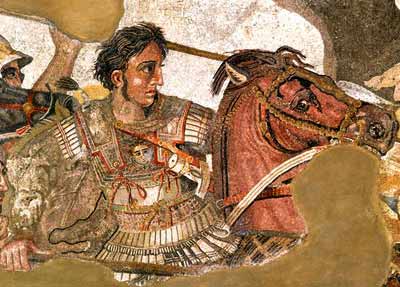-
The region of Kastoria is has been famous for its local fur production and the serene background of the Lake Orestiada which is surrounded by the local mansions on the hills. The natural beauty of the landscape of the region, the interesting history and culture and the easy access to the Ski Center on the slopes on Mount Vitsi attract numerous visitors in the hotels and restaurants of Kastoria region.
The region of Kastoria has been inhabited since the early dawn of civilization with one of the oldest and most important Neolithic settlements ever found in Europe. The Neolithic settlements of Dispilio and Avgi along with the findings of the Fossilized Forest are the main ones in the region. During the period the Roman Empire was divided the region of Kastoria became part of the Eastern Roman Empire and later the Byzantine Empire. Due to its strategic position the city of Kastoria suffered from raids and invasions till 550 AD, when the Byzantine Emperor Justinian built a strong fortress to protect the city, remains of which you can see till now. From 1082 was conquered by the Franks, Normans, Albanians, Crusaders and in 1385 by the Turks. The Turkish rule lasted for five centuries, until 1912 when the region of Kastoria became part of the State of Greece.
The region of Kastoria is situated in Macedonia, sharing borders to the north with Albania and with the neighbouring regions of Florina, Kozani and Grevena on the aest and southeast and the region of Ioannina of Epirus to the west. The region spans an area of 1.720 sq. km. with a population of 53.584 residents. The capital city of the region is the city of Kastoria. The region is mainly mountainous with the highest mountains being Gramos, Voio and Verno.Near Nostimo village on the southwest side of the region there is the Fossilized Forest with findings of striking importance. The prehistoric settlement of Dispilio is one of the premier lakeside settlements discovered in Europe. This settlement dates back to 5.500 BC. The inhabitants lived in huts built in the lake, on pile platforms. The 3,000 people, who lived here, were cultivating cereals and legumes and breeding sheep, goats, pigs and cows. The Eco-museum is located beside the site of excavation with a representation of the lakeside settlement, according to modern museological concept. The city of Kastoria has plenty of important Byzantine churches and several mansions dating back in the 17th century that used to be the houses of fur trading barons of the city.Airport in Kastoria: +30 24670 42515
Police in Kastoria: +30 24670 83214
Hospital in Kastoria: +30 24670 22555
Bus services in Kastoria: +30 24670 83455
Vitsi Ski Center: +30 24670 24884 -
Map for Kastoria
-
Relative articles for Kastoria



 The Macedonian Period in Greece
The Macedonian Period in Greece

 Air tickets
Air tickets Rent a car
Rent a car





